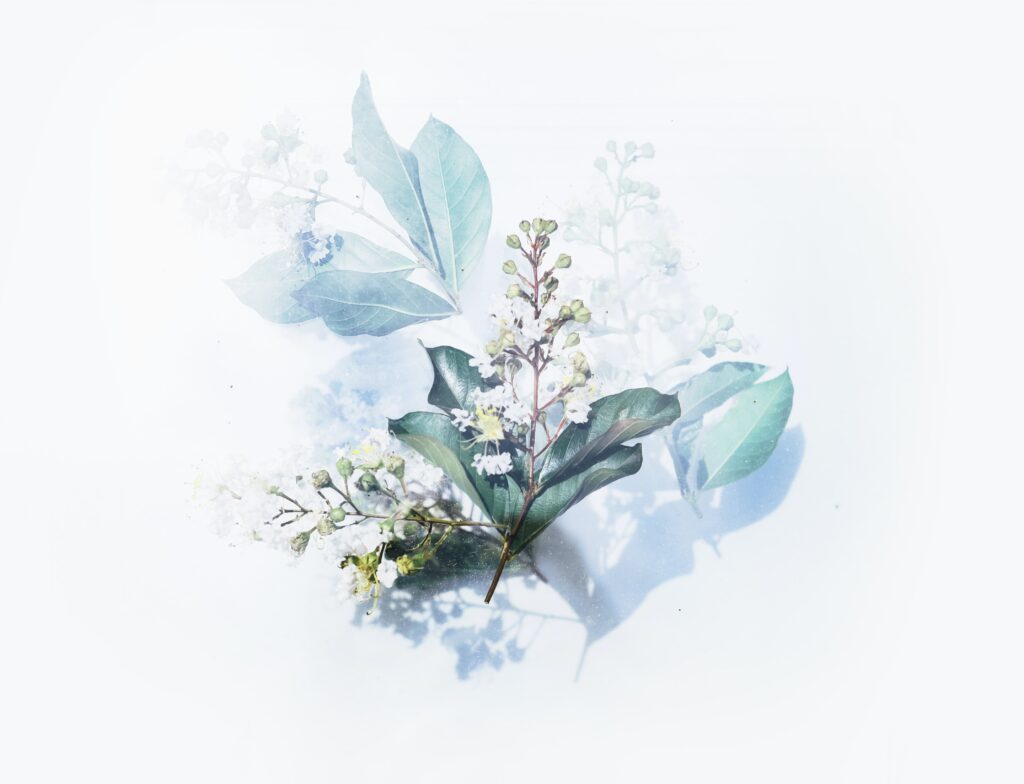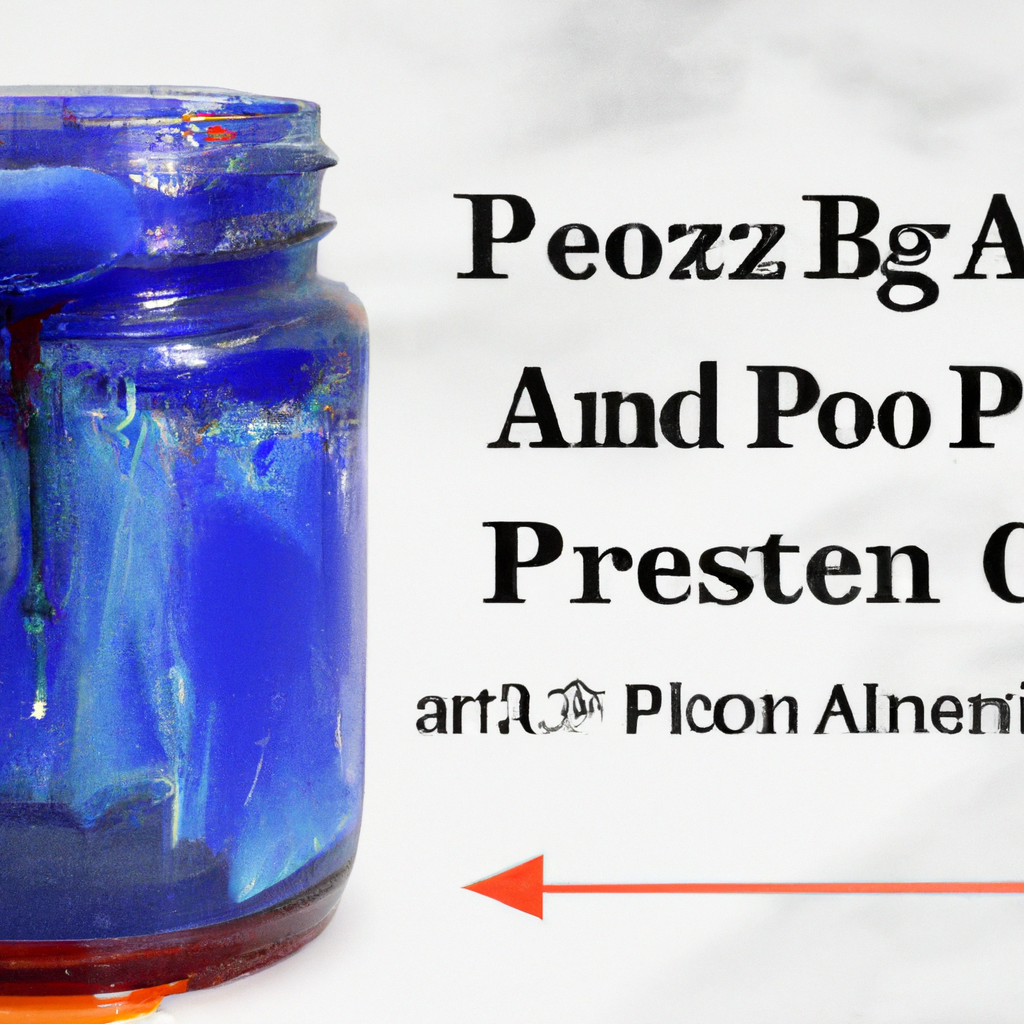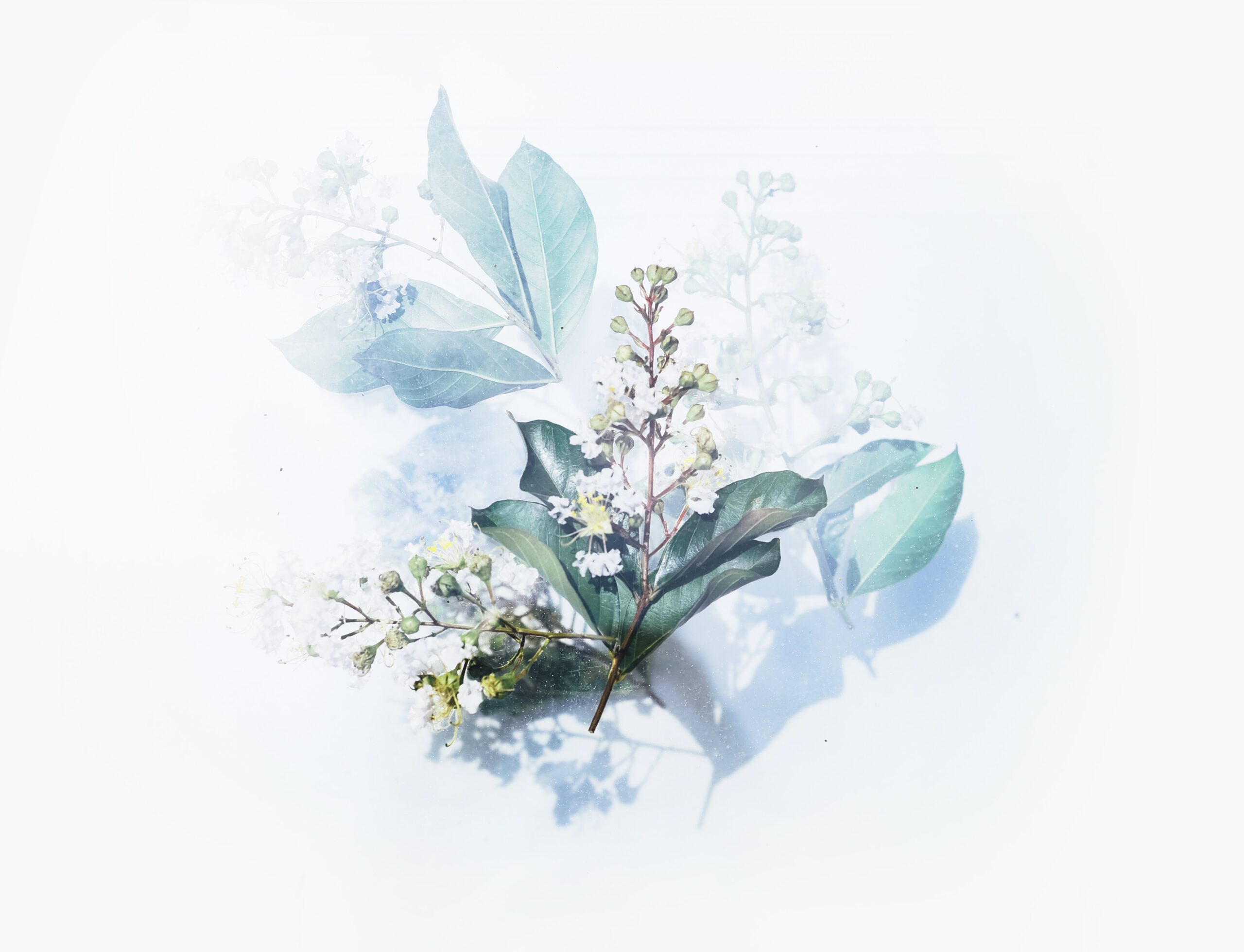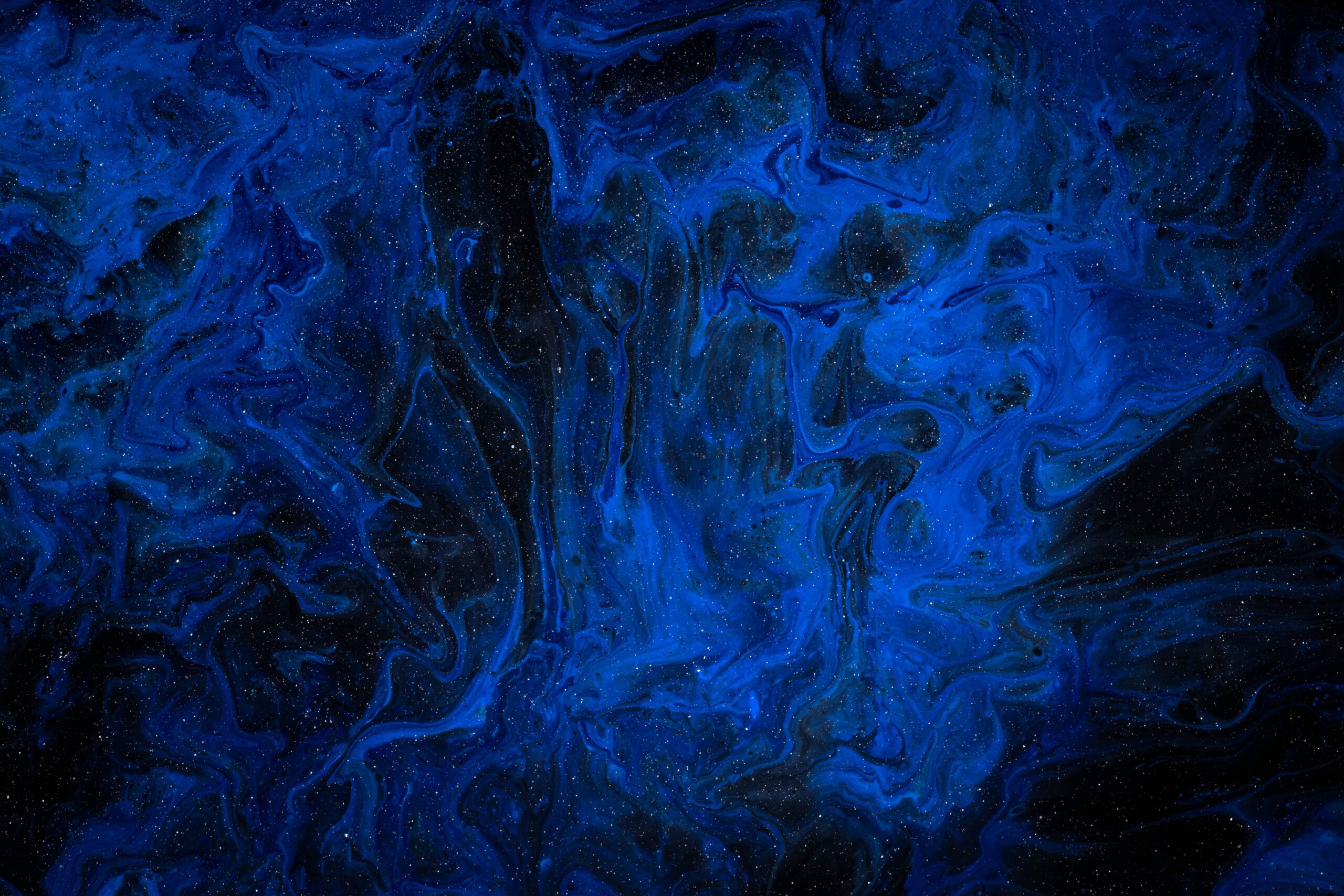Imagine this scenario: you’re in the middle of a painting session, creating a masterpiece with your vibrant acrylic paints. Suddenly, disaster strikes – your paint freezes! You panic, unsure of how to salvage your work. But fear not, for in this article, you will discover the solution to this dilemma. We will explore the step-by-step process to fix frozen acrylic paint and get you back on track to finishing your artistic creation. So gather your brushes and let’s dive into this handy guide on how to fix frozen acrylic paint.

Understanding frozen acrylic paint
Acrylic paint is a versatile and popular medium used by artists and crafters alike. However, like many water-based materials, acrylic paint can freeze under certain conditions. To better understand frozen acrylic paint, it’s important to explore what causes it to freeze, how it affects the quality of the paint, and the symptoms to look out for.
What causes acrylic paint to freeze?
Acrylic paint contains a significant amount of water, which makes it prone to freezing in low temperatures. When the surrounding temperature drops below the freezing point, the water molecules in the paint begin to solidify, causing the entire paint mixture to freeze.
How does frozen acrylic paint affect its quality?
When acrylic paint freezes, the water molecules expand and can disrupt the paint’s emulsion. This results in changes to the paint’s consistency, texture, and even its overall performance. The freezing process can cause the paint to become lumpy, separated, or dried out, making it difficult to work with.
Symptoms of frozen acrylic paint
Identifying whether your acrylic paint has frozen can be done by observing certain symptoms. Frozen acrylic paint may appear clumpy, grainy, or have a separated, curdled consistency. The paint may also be difficult to mix, and the pigments may not disperse evenly. Additionally, frozen acrylic paint may have an altered color and a shorter drying time once thawed.
Preventing acrylic paint from freezing
Prevention is key when it comes to keeping your acrylic paint in optimal condition. By following a few simple steps, you can ensure that your paint remains usable and free from freezing.
Storing acrylic paint properly
To prevent acrylic paint from freezing, it’s essential to store it in a temperature-stable environment. Choose a cool, dry place with a consistent temperature between 60 to 75 degrees Fahrenheit (15 to 24 degrees Celsius). Avoid storing paint in areas prone to extreme temperature fluctuations, such as garages or basements.
Temperature control
Maintaining proper temperature control is crucial in preventing acrylic paint from freezing. If possible, store your paint indoors where the temperature is regulated. Avoid exposing the paint to extreme cold or heat, as this can lead to freezing or drying out respectively.
Avoiding extreme temperature fluctuations
Acrylic paint is sensitive to rapid changes in temperature, so it’s important to avoid subjecting it to extreme fluctuations. If you need to transport or ship your paint, ensure it is properly insulated and protected from exposure to both extreme cold and heat.
Thawing frozen acrylic paint
If you discover that your acrylic paint has frozen, don’t worry! There are several methods for safely thawing the paint and restoring its consistency and texture.
Checking the paint for viability
Before attempting to thaw your frozen acrylic paint, it’s crucial to check its viability. Examine the container for any signs of damage or leakage. If the container is in good condition, open it and inspect the paint’s appearance and smell. If the paint appears discolored, has a foul odor, or has been frozen for an extended period, it may not be salvageable and should be discarded.
Slow thawing method
The slow thawing method is the most recommended way to thaw frozen acrylic paint. Simply remove the container from the freezing environment and allow it to thaw naturally at room temperature. This gradual process helps minimize any potential damage to the paint’s emulsion.
Using a hot water bath
If you need to thaw the paint more quickly, you can use a hot water bath. Fill a bowl or sink with warm, not hot, water and place the sealed container of frozen paint in it. Allow the paint to sit in the water, occasionally swirling and shaking the container to distribute the warmth. This method speeds up the thawing process but still requires caution to prevent overheating the paint.
Avoiding heat sources like microwaves or stoves
While it may be tempting to accelerate the thawing process using household appliances like microwaves or stovetops, it’s important to avoid these heat sources. Direct exposure to high heat can cause the paint to rapidly expand, potentially leading to container ruptures or an altered chemical composition.
Restoring consistency and texture
After successfully thawing your acrylic paint, you may notice that it requires some restoration to bring it back to its original consistency and texture. Luckily, there are a few techniques you can employ to achieve this.
Mixing the thawed acrylic paint
Once the paint has thawed, use a stirring stick or palette knife to thoroughly mix it. This helps reintegrate any separated components and ensures a more consistent texture throughout the entire paint mixture.
Adding water or acrylic medium
If the paint appears too thick or dried out after thawing, you can add small amounts of water or an acrylic medium to restore its desired consistency. Add a few drops at a time, and mix well until you achieve the desired viscosity.
Rejuvenating dried or lumpy paint
If your thawed acrylic paint has dried out or become lumpy, you can try rejuvenating it by adding a few drops of water and mixing thoroughly. Alternatively, you can use a palette knife or a paint conditioner to break up the dried chunks and blend them back into the paint.
Straining the paint if necessary
If your thawed acrylic paint still contains lumps or debris, you can strain it using a fine-mesh sieve or pantyhose. Pour the paint through the strainer into a clean container, removing any unwanted particles. This step helps ensure a smooth and consistent consistency when applying the paint.

Testing thawed acrylic paint
Once you have restored your frozen acrylic paint, it’s important to conduct some tests to ensure its quality and suitability for use in your artwork.
Conducting a patch test
Before using the thawed paint on your project, it’s recommended to perform a patch test on a small, inconspicuous area. Apply the paint to the surface and observe the results. Look for any changes in color, texture, adhesion, or drying time.
Checking for changes in color and texture
Compare the thawed paint to a sample of fresh paint to check for any significant changes in color or texture. If the thawed paint differs noticeably, it may be necessary to remix or adjust the colors to achieve the desired outcome.
Evaluating drying time and adhesion
Apply the thawed paint to a test surface and observe its drying time and adhesion properties. If the paint dries significantly faster or does not adhere properly, you may need to make adjustments by adding a drying retarder or experimenting with different surfaces.
Reviving acrylic paint with additives
In addition to restoring the consistency and texture of thawed acrylic paint, you can further enhance its performance by incorporating certain additives. These additives can improve flow, extend drying time, and provide other beneficial effects.
Using a commercial paint-reviving product
There are commercial products available specifically designed to revive acrylic paint. These products usually contain surfactants and other ingredients that help restore the paint’s original qualities. Follow the instructions provided by the manufacturer for the best results.
Adding an acrylic paint retarder
To extend the drying time of your thawed acrylic paint, consider adding an acrylic paint retarder. These additives slow down the drying process and allow for more time to blend and work with the paint. Use the recommended amount according to the manufacturer’s instructions.
Using a flow improver or pouring medium
If you want to improve the flow and leveling properties of your thawed acrylic paint, you can incorporate a flow improver or pouring medium. These additives help the paint flow smoothly and evenly, making them particularly useful for techniques like pouring or glazing.

Tips for preventing future freezing
To avoid the hassle of dealing with frozen acrylic paint in the future, consider implementing these practical tips:
Storing acrylic paint in a temperature-stable environment
As mentioned earlier, storing acrylic paint in a cool, dry place with a consistent temperature helps prevent freezing. Find a dedicated storage area, such as a cupboard or shelf, away from direct sunlight and extreme temperature fluctuations.
Labeling and rotating paint inventory
To ensure you use your acrylic paint before it reaches its expiration date, it’s helpful to label each container with the date of purchase or opening. Additionally, regularly rotate your paint inventory by using older tubes or containers before newer ones to prevent them from sitting unused for extended periods.
Using smaller containers for paint
Consider transferring your acrylic paint to smaller, airtight containers. This reduces the amount of air space within the container and helps minimize oxidation, which can affect the paint’s longevity and quality.
Keeping paint away from freezing areas
When working in cold environments or during the winter months, be mindful of keeping your paint away from areas prone to freezing, such as windows or drafts. Maintaining a consistent, moderate temperature in your workspace helps keep the paint in optimal condition.
Discarding unsalvageable acrylic paint
Unfortunately, not all frozen acrylic paint can be restored to its original state. If you find that the paint has undergone significant color or texture changes, has a foul odor, or has been frozen for an extended period, it may be unsalvageable. In such cases, it’s best to dispose of the paint properly.
Identifying paint that cannot be restored
Paint that has been frozen for an extended period or has undergone severe changes in color, texture, or smell is often unlikely to be restored to a usable condition. Trust your senses and judgment when assessing the viability of your thawed acrylic paint.
Proper disposal methods for frozen acrylic paint
Disposed of frozen acrylic paint properly to minimize environmental impact. Check your local waste management guidelines for specifics, but in general, you can solidify the paint by mixing it with an absorbent material such as cat litter or sand. Once solidified, seal it in a bag and dispose of it with your regular household trash.

Common mistakes to avoid
When dealing with frozen acrylic paint, it’s important to avoid certain mistakes that can worsen the situation or compromise the quality of your paint.
Using direct heat sources on frozen paint
Avoid using direct heat sources like microwaves, stovetops, or hairdryers to thaw frozen acrylic paint. The rapid expansion caused by heat can damage the paint’s emulsion and even result in serious safety hazards.
Neglecting to check paint viability before thawing
Before attempting to thaw frozen acrylic paint, take the time to assess its viability. If the paint appears significantly damaged, discolored, or has been frozen for an extended period, it’s best to avoid wasting time and effort on thawing and restoring it.
Over-thinning paint during the restoration process
While it may be necessary to add water or an acrylic medium to restore the consistency of thawed acrylic paint, be cautious not to over-thin the mixture. Adding too much water or medium can compromise the paint’s performance and result in poor coverage, adhesion, and color vibrancy.
Conclusion
Understanding how to fix frozen acrylic paint is essential for artists and crafters who work with this versatile medium. By taking the necessary precautions to prevent freezing, employing proper thawing methods, and utilizing restoration techniques, you can maintain the quality and usability of your acrylic paint. Remember to test thawed paint before using it in your artwork and take steps to prevent future freezing. With these tips in mind, you’ll be well-equipped to deal with frozen acrylic paint and continue creating beautiful pieces with ease.




